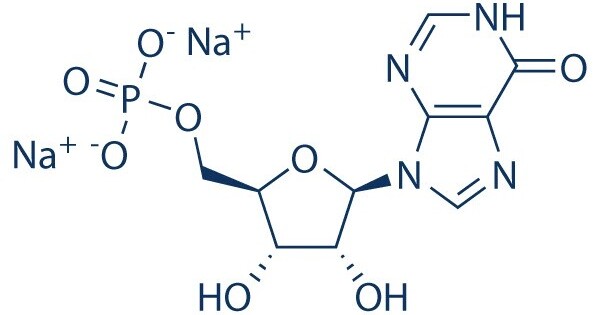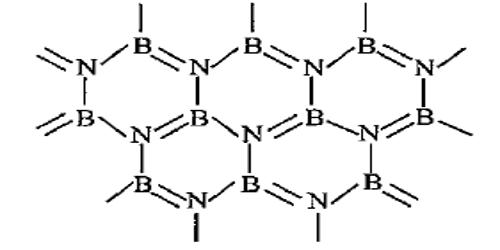Disodium inosinate (E631) is the disodium salt of inosinic acid with the chemical formula C10H11N4Na2O8P. It is the disodium salt of inosinic acid, a nucleotide naturally found in meat and fish. Often used in conjunction with monosodium glutamate (MSG), it enhances umami taste, intensifying savory flavors. It is used as a food additive and often found in instant noodles, potato chips, and a variety of other snacks.
Disodium Inosinate is frequently added to snacks, instant noodles, canned soups, and sauces. It is generally considered safe by food safety authorities, though those with gout or purine sensitivity may need to avoid it, as it’s a purine derivative. While it can be derived from animal or microbial sources, vegetarian alternatives are available.
Commercial disodium inosinate may either be obtained from bacterial fermentation of sugars or prepared from animal products. The Vegetarian Society reports that production from meat or fish is more widespread, but the Vegetarian Resource Group reports that all three “leading manufacturers” claim to use fermentation.
Properties
- Appearance: White to off-white powder
- Solubility: Soluble in water
- Stability: Stable under normal storage conditions
Natural Occurrence
Disodium inosinate itself is not naturally found in foods, but its precursor, inosinic acid (IMP), occurs naturally:
Sources of IMP:
- Animal tissues (especially muscle tissue such as beef, pork, and chicken)
- Certain fish like sardines and tuna
It is formed postmortem in muscle tissue from the breakdown of ATP (adenosine triphosphate).
Biosynthesis
In the body, IMP (inosine monophosphate) is an important intermediate in purine metabolism.
It can be synthesized by microbial fermentation for industrial use, often using Corynebacterium or Bacillus species.
Safety and Regulatory Status
- E number: E631 (approved in many countries)
- Acceptable Daily Intake (ADI): Not specified (considered safe in normal amounts)
- Vegetarian/Vegan concern: May be derived from animal sources (check labeling or manufacturer for certainty)
- Often considered non-vegetarian unless explicitly labeled as vegetarian-sourced.
Use as a food additive
Disodium inosinate is used as a flavor enhancer, in synergy with monosodium glutamate (MSG) to provide the umami taste. It is often added to foods in conjunction with disodium guanylate; the combination is known as disodium 5′-ribonucleotides.
As a relatively expensive product, disodium inosinate is usually not used independently of glutamic acid; if disodium inosinate is present in a list of ingredients, but MSG does not appear to be, it is possible that glutamic acid is provided as part of another ingredient or is naturally occurring in another ingredient like tomatoes, Parmesan cheese, or yeast extract.
Natural Occurrence
Disodium inosinate itself is not naturally found in foods, but its precursor, inosinic acid (IMP), occurs naturally:
Sources of IMP:
- Animal tissues (especially muscle tissue such as beef, pork, and chicken)
- Certain fish like sardines and tuna
It is formed postmortem in muscle tissue from the breakdown of ATP (adenosine triphosphate).
Biosynthesis
In the body, IMP (inosine monophosphate) is an important intermediate in purine metabolism.
It can be synthesized by microbial fermentation for industrial use, often using Corynebacterium or Bacillus species.
Safety and Regulatory Status
- E number: E631 (approved in many countries)
- Acceptable Daily Intake (ADI): Not specified (considered safe in normal amounts)
- Vegetarian/Vegan concern: May be derived from animal sources (check labeling or manufacturer for certainty)
- Often considered non-vegetarian unless explicitly labeled as vegetarian-sourced.
Uses and Functionality
- Flavor Enhancer: Often used in conjunction with monosodium glutamate (MSG) to provide umami (savory) flavor.
- Synergistic Effect: Strong synergistic effect with glutamates; enhances taste without needing high concentrations.
Common in:
- Instant noodles
- Snacks (chips, crackers)
- Processed meats
- Canned soups
- Seasoning blends
















